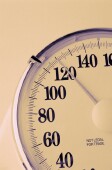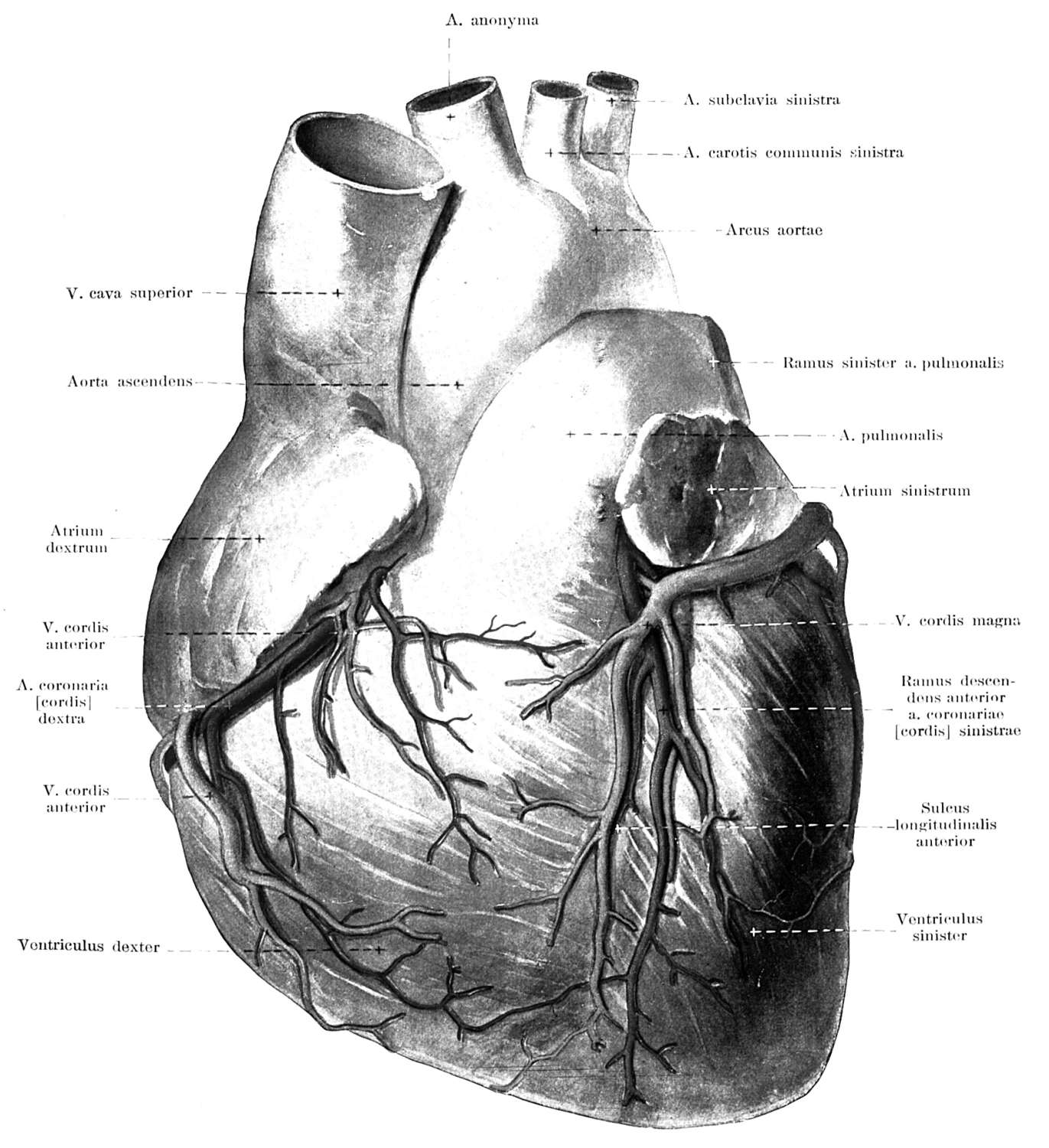
FRIDAY, Jan. 15 (HealthDay News) — It’s easy to roll your eyes when a doctor prescribes diet and exercise as a cure for what ails you.
But it works. It worked for me.
In the past year, I used diet and exercise to lose more than 60 pounds, beat back pre-diabetes and lower my cholesterol. I did it armed with knowledge given to me by professionals and with a lot of thought and hard work.
My family physician, Dr. Paul Weaver of West Salem Family Practice in Oregon, ordered a blood test for me in February. The results weren’t good.
My blood glucose had reached the pre-diabetic stage. My cholesterol was dangerously high. Liver enzymes were elevated. I had the beginnings of metabolic syndrome, a group of conditions that combine to greatly raise the risks for serious heart problems.
Weaver told me I had to take steps to save my health or I was going to develop diabetes.
“There’s a point of irreversibility, where you’ve killed off enough insulin receptors that you can’t go back to normal even through diet and exercise,” he said.
My liver also had become prone to disease and damage. “Your liver is marbled with fat,” Weaver said. Heart disease and liver damage were inevitable if I didn’t do something.
I knew where all this had come from. I’m 6-foot-2 and have always been a heavy guy, but I’d gained even more weight in recent years. On the day of my exam, the scale hit 268 pounds.
I was sort of active, working out once or twice during the week and going on long bicycle rides on the weekends. But I also was sharing a pizza with my wife once a week, eating fried chicken on a regular basis and indulging my sweet tooth with huge bowls of ice cream.
I knew where it was headed, too. My father had died the previous year of heart disease and lung cancer. I’ve had uncles and grandfathers die of diabetes, heart failure and cancer. In the United States, 66 percent of adults are overweight or obese, according to the National Institutes of Health.
Weaver told me I needed to do more — and fast. I needed to work out more often, for one thing. “Your weight wasn’t moving, and your body was showing these horrible changes,” he said. “Someone else can do the same thing and it would work, but it wasn’t working for you.”
He also recommended immediate changes in my diet, changes I recognized from my work as a health writer:
- No more white rice or white flour, and cut out as much sugar as possible. “Those are high-glycemic foods,” he said. “You get a big sugar rush and a big insulin rise, and that worsens the metabolic syndrome.”
- No more alcohol. I live in the Northwest, where microbreweries and wineries are gifted and numerous. But alcohol also contains a lot of sugar and could scar my liver in the state it was in.
- No more fatty or greasy foods. I needed to lose weight and get my cholesterol down. Fat contains more calories than either carbohydrates or proteins, and saturated fat pumps bad cholesterol into the bloodstream.
I left Weaver’s office scared and shaken — but also determined. I made all the changes he recommended. I began drinking water or sugar-free drinks and changed to one-percent milk. I ate only whole-wheat bread and pasta, and indulged in them sparingly. I cut my intake of red meat and began eating chicken, fish and vegetarian meals more often.
Another new habit was reading food labels very, very closely, paying attention to both the nutrition information and the ingredients list. I didn’t buy foods high in sugar or saturated fat. Anything with partially hydrogenated oil was out because that indicates trans-fats. My wife began to refer to me as the “Food Nazi.”
My day started with a bowl of steel-cut oatmeal sprinkled with some dried fruit and sweetened with Splenda and soy milk. Lunch consisted of lean meat and vegetables, followed by a couple of afternoon snacks such as string cheese or apples with a smear of peanut butter. Dinner would be lean meat or fish and veggies, and I’d usually have a bowl of low-sugar cereal, such as shredded wheat or Cheerios, for a snack later on.
Experts recommend that you eat many small meals a day, and that worked for me. It keeps you from becoming hungry and overeating. And because the body burns a certain amount of calories just processing what you eat, keeping yourself fed gives your metabolism a little boost.
My exercise also increased. Courtney Gray, a personal trainer at the Courthouse Athletic Club, helped devise an exercise plan. Her advice was for me to begin working out at least five or six days a week.
“Coming in a couple of days a week is fair enough to keep you steady and keep you regular and keep your heart healthy,” Gray said. “But if you want to lose a significant amount of weight, it’s just not enough.”
She also recommended cross-training. Keep riding the bicycle — and even ride it more often — but also start lifting weights every other day, followed by at least a half-hour on the treadmill or elliptical machine.
That would help increase my lean muscle mass, she explained. Muscle at rest burns more calories than fat at rest, which boosts metabolism when you begin a weight-loss effort.
Also, the body tends to adapt if a person does just one type of exercise, creating diminishing results, Gray said. But if you keep switching types of exercise and pushing yourself, you keep the body guessing.
After implementing these changes, I began shedding weight pretty quickly — and that encouraged me to keep it up. My bicycling began to get stronger as I lost weight and gained muscle, and before long I was keeping up with the fast groups riding 24 to 26 miles per hour.
Nevertheless, I dreaded going back for a follow-up blood test, worried that all the work wasn’t going to show the hoped-for and needed results. Finally in September, I bit the bullet and returned to the doctor’s office.
The results were stunning. Everything that had been dangerously elevated was within normal levels. Blood glucose. Triglycerides. Low-density lipoprotein cholesterol. Liver enzymes. And weight? 210 pounds.
Weaver’s note with the official results arrived with “wow” and “exceptional” and “terrific” next to some of the better numbers. “Your body is responding beautifully,” he wrote in the note, which I hung in my home office. “Keep up the good work.”
And that, of course, is the next challenge.
Slacking off could mean regaining some or all of the weight. I do indulge now and then: Recently I had my first fried chicken in nearly a year. But I know the importance of staying vigilant — continuing to eat right and exercise.
The benefits are there to remind me, too. I have lots of energy, and exercise has provided much-needed stress relief. And I’m riding stronger than ever, recently completing two century bike rides that each involved riding more than 100 miles in one day, finishing with minimal soreness and exhaustion.
Maintaining weight loss, though, is a never-ending process, Gray said.
“It’s a huge challenge for people to lose weight because a lot of people aren’t committed. They know what they need to do. The hardest thing to do is do it. A large percentage of people I know start off great and then fall off the wagon within a few months,” she said.
“In the end, your health is what matters,” Gray added. “Your health is what you’re changing and improving.”
More information
The U.S. Weight-control Information Network has more on the health benefits of weight loss.

